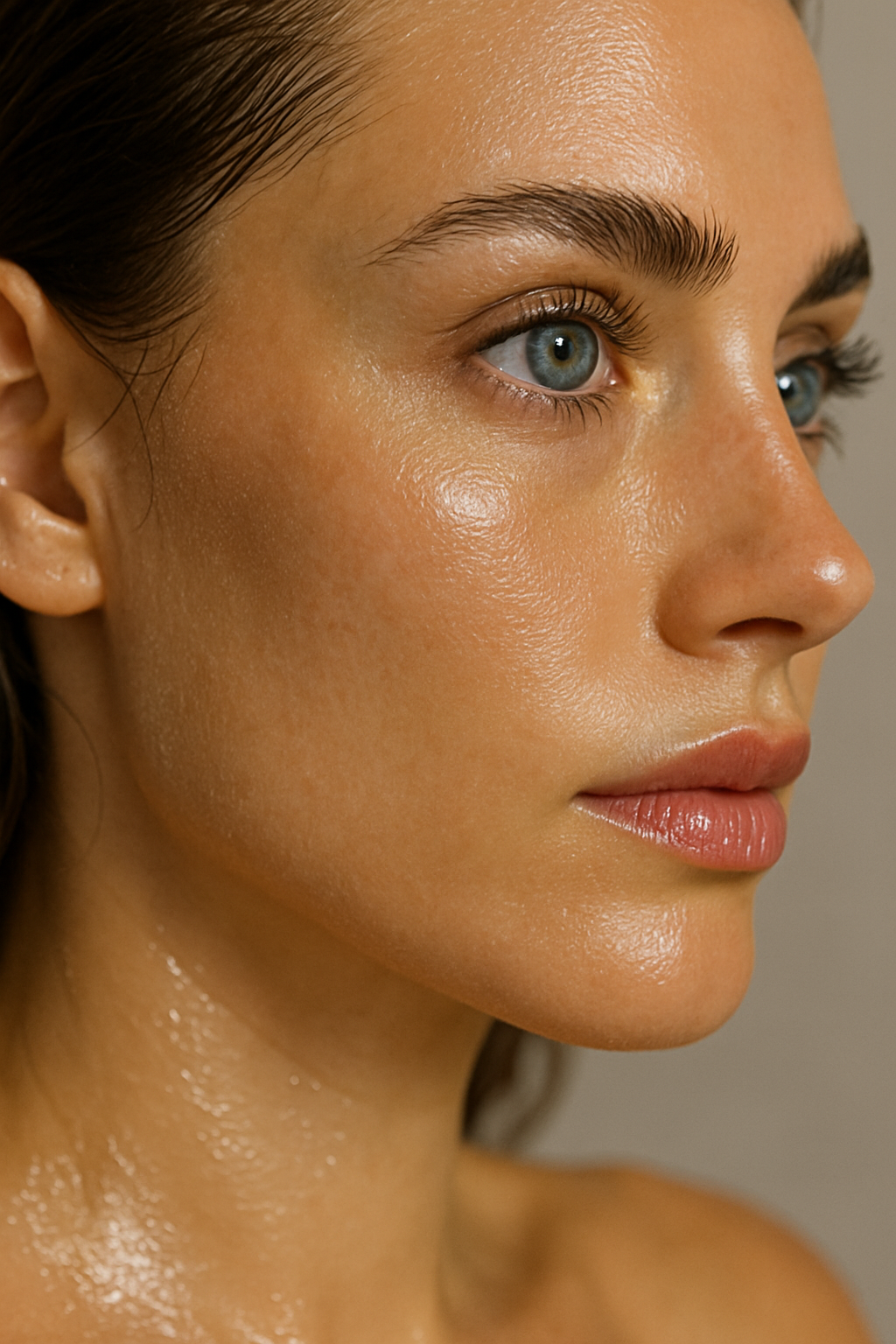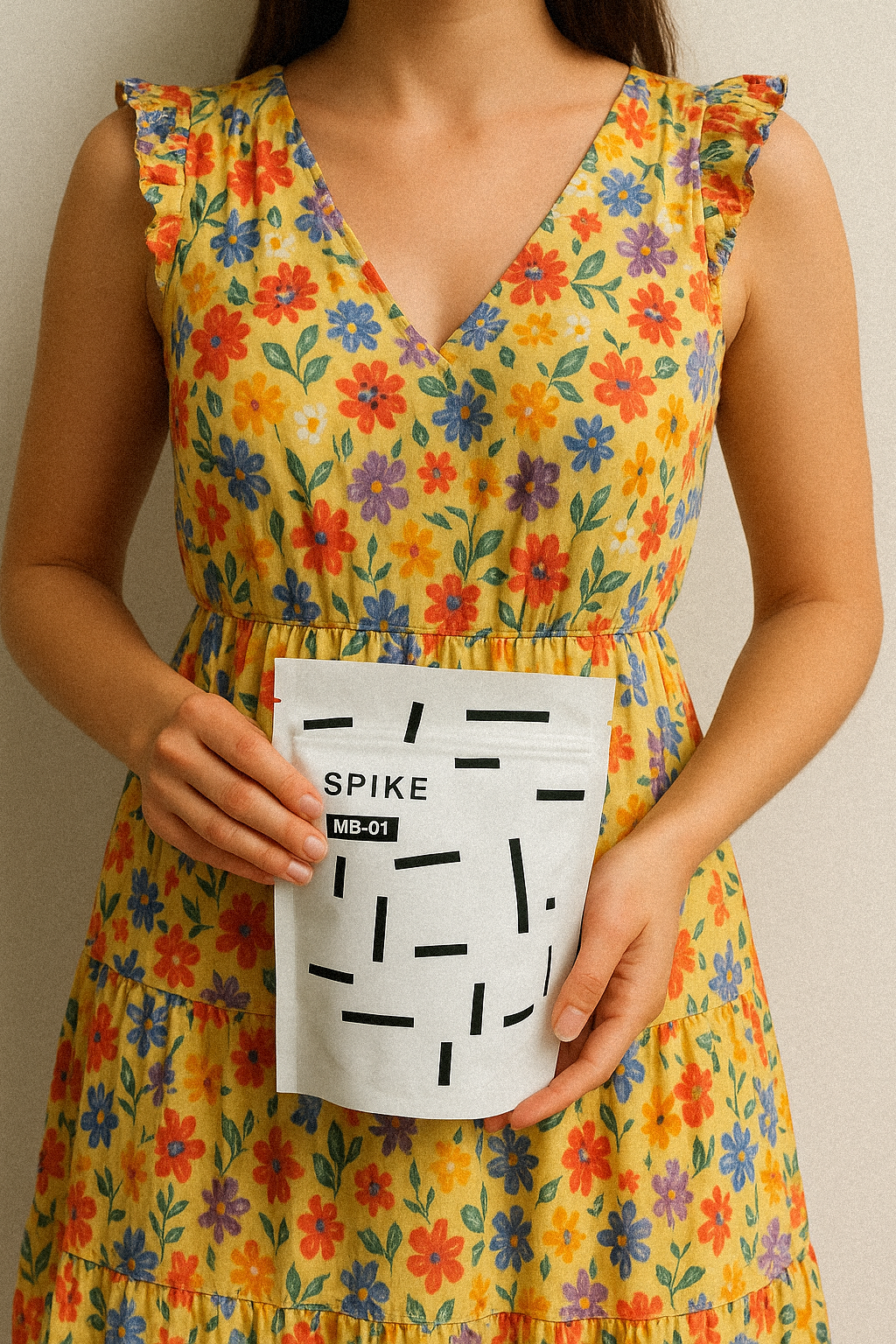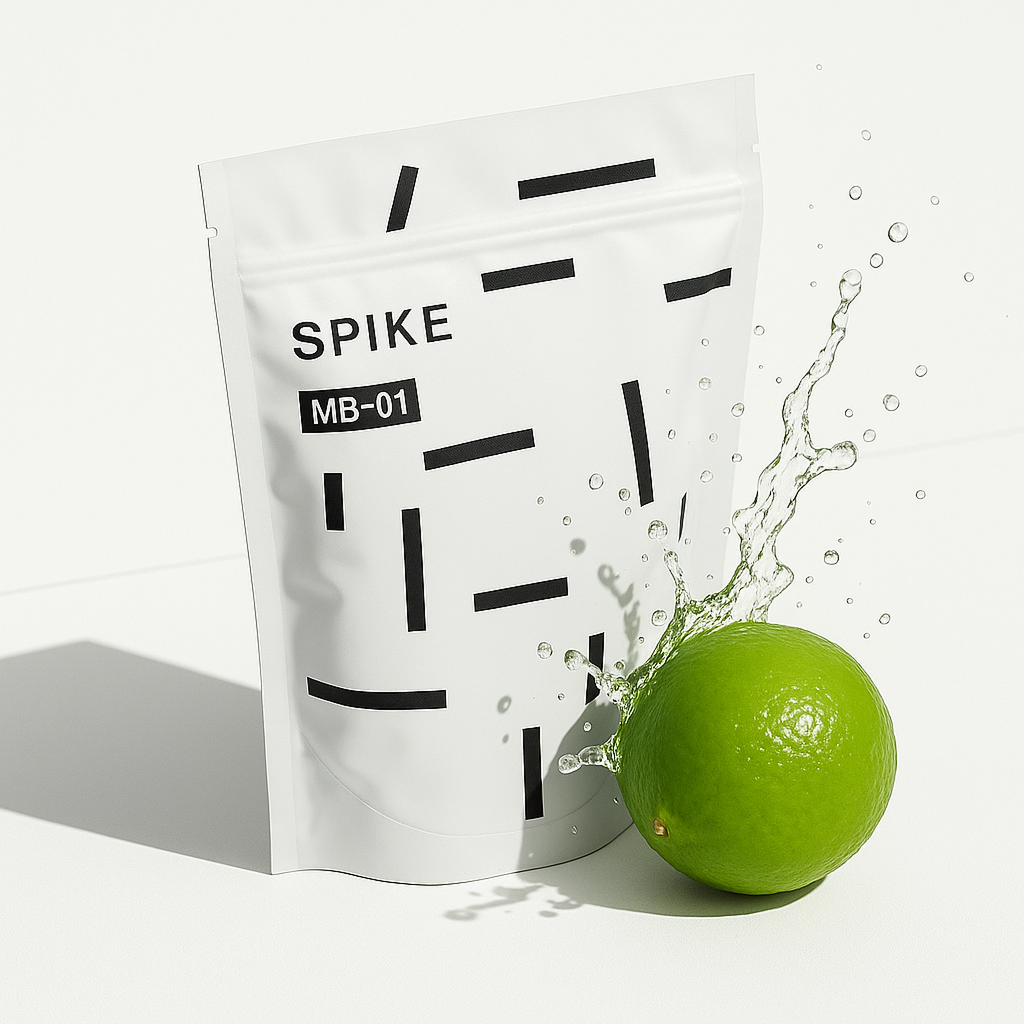A
mineral
blend
precision
engineered
to
spike
your
|

Balanced electrolytes to perform at the highest level.

Broad spectrum minerals to keep your brain happy.

Nourish your skin at the cellular level with what it needs to radiate.

The most bioavailable forms in the perfect ratio, without sugar or toxic dyes, yet delicious.

Everything you need to displace toxic heavy metals.

Why MB‑0.1
✓ Ideal Ratios
✓ Clinical Doses
✓ Maximum Bioavailability
✓ No Sugar, Fillers, or Toxic Dyes
Cost per Serving$1.00
Total Minerals895 mg
Trace MineralsComprehensive
SweetenersGlycine, Stevia

